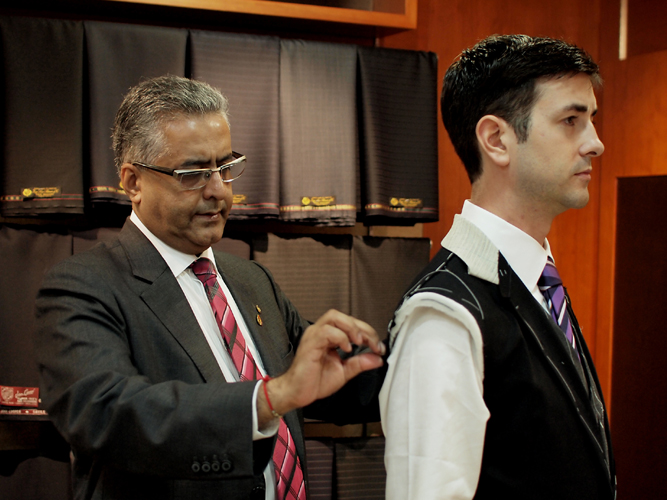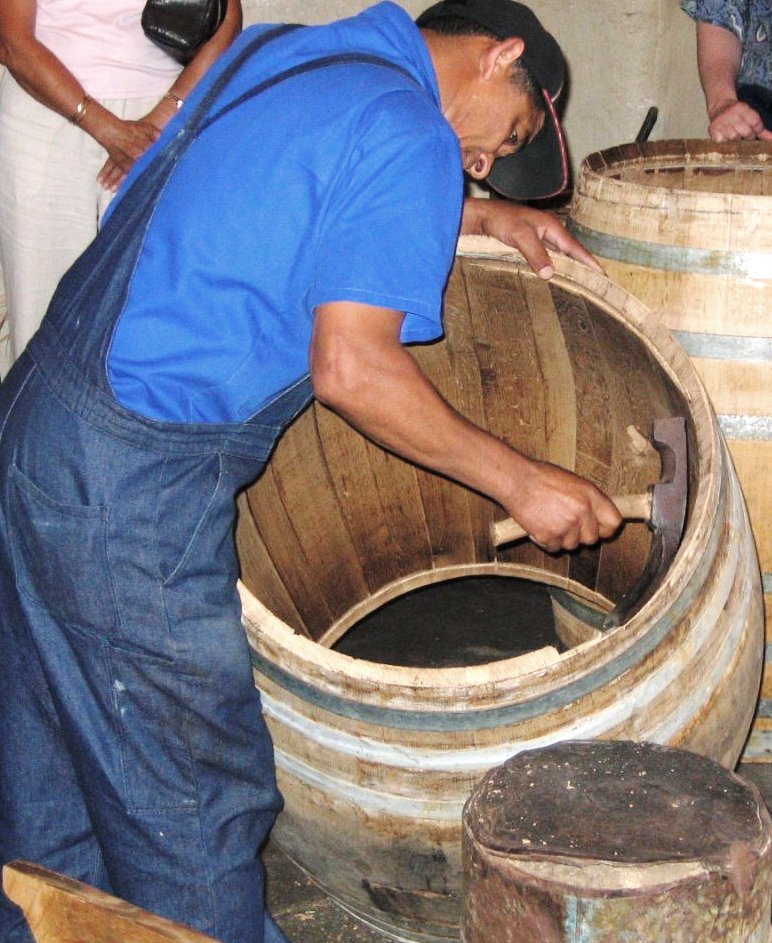|
St. Nazianz, Wisconsin
St. Nazianz is a village in Manitowoc County, Wisconsin, United States. Founded in 1854, the population was 714 at the 2020 census. History 19th century St. Nazianz was organized in 1854 as a religious colony by a group of German immigrants, led by Father Ambrose Oschwald, a Roman Catholic priest. The first settlers in the Oschwald group numbered 113 and came to the United States from the Black Forest of Baden, Germany, seeking religious freedom.St. Nazianz Centennial Committee: St. Nazianz, 1854-1954online/ref> Oschwald and his group sailed for America on the Feast of Corpus Christi in 1854, on two separate ships. The voyage of one lasted 52 days, and the other 55 days. By the time they arrived in Milwaukee by train, several of the group had died. Oschwald bought of land in Manitowoc County for $3.50 per acre. His down payment was $1,500, with the rest paid in five installments. In late August 1854, Oschwald sent six men to locate the land he had purchased. They took a b ... [...More Info...] [...Related Items...] OR: [Wikipedia] [Google] [Baidu] |
Village (United States)
In the United States, the meaning of village varies by geographic area and legal jurisdiction. In formal usage, a "village" is a type of administrative division at the local government in the United States, local government level. Since the Tenth Amendment to the United States Constitution prohibits the federal government from legislating on local government, the U.S. state, states are free to have political subdivisions called "villages" or not to and to define the word in many ways. Typically, a village is a type of municipality, although it can also be a special-purpose district, special district or an unincorporated area. It may or may not be recognized for governmental purposes. In informal usage, a U.S. village may be simply a relatively small clustered human settlement without formal legal existence. In colonial New England, a village typically formed around the church building, meetinghouses that were located in the center of each New England town, town.Joseph S. Wood ( ... [...More Info...] [...Related Items...] OR: [Wikipedia] [Google] [Baidu] |
Black Forest
The Black Forest ( ) is a large forested mountain range in the States of Germany, state of Baden-Württemberg in southwest Germany, bounded by the Rhine Valley to the west and south and close to the borders with France and Switzerland. It is the source of the Danube and Neckar rivers. Its highest peak is the Feldberg (Black Forest), Feldberg with an elevation of above sea level. Roughly oblong in shape, with a length of and breadth of up to , it has an area of about . Historically, the area was known for forestry and the mining of ore deposits, but tourism has now become the primary industry, accounting for around 300,000 jobs. There are Baroque fortifications in the Black Forest, several ruined military fortifications dating back to the 17th century. History In ancient times, the Black Forest was known as , after the Celtic deity, Abnoba. In Roman times (Late antiquity), it was given the name ("Marcynian Forest", from the Germanic word ''marka'', "border"). The Black ... [...More Info...] [...Related Items...] OR: [Wikipedia] [Google] [Baidu] |
Tailoring
A tailor is a person who makes or alters clothing, particularly in men's clothing. The Oxford English Dictionary dates the term to the thirteenth century. History Although clothing construction goes back to prehistory, there is evidence of tailor shops in Ancient Greece and Ancient Rome, Rome, as well as tailoring tools such as Clothes iron, irons and Scissors, shears. The profession of tailor in Europe became formalized in the High Middle Ages through the establishment of guilds. Tailors' guilds instituted a system of master craftsman, masters, journeyman, journeymen, and apprentices. Guild members established rules to limit competition and establish quality standards. In 1244, members of the tailor's guild in Bologna established statutes to govern their profession and required anyone working as a tailor to join the guild. In England, the Statute of Artificers 1562, Statute of Artificers, passed in 1563, included the profession of tailor as one of the trades that could be ... [...More Info...] [...Related Items...] OR: [Wikipedia] [Google] [Baidu] |
Woodworking
Woodworking is the skill of making items from wood, and includes cabinetry, furniture making, wood carving, joinery, carpentry, and woodturning. History Along with stone, clay and animal parts, wood was one of the first materials worked by early humans. Microwear analysis of the Mousterian stone tools used by the Neanderthals show that many were used to work wood. The development of civilization was closely tied to the development of increasingly greater degrees of skill in working these materials. Among the earlliest finds of woodworking are shaped sticks displaying notches from Kalambo Falls in southen Africa, dating to around 476,000 years ago. The Clacton spearhead from Clacton-on-Sea, England, dating to around 400,000 years ago,Allington-Jones, L., (2015) ''Archaeological Journal'', 172 (2) 273–296 The Clacton Spear – The Last One Hundred Years the Schöningen spears, from Schöningen (Germany) dating around 300,000 years ago and the Lehringen spear from no ... [...More Info...] [...Related Items...] OR: [Wikipedia] [Google] [Baidu] |
Shoemaking
Shoemaking is the process of making footwear. Originally, shoes were made one at a time by hand, often by groups of shoemakers, or '' cordwainers'' (sometimes misidentified as cobblers, who repair shoes rather than make them). In the 18th century, dozens or even hundreds of masters, journeymen, and apprentices (both men and women) would work together in a shop, dividing the work into individual tasks. A customer could come into a shop, be individually measured, and return to pick up their new shoes in as little as a day. Everyone needed shoes, and the median price for a pair was about one day’s wages for an average journeyman. The shoemaking trade flourished in the eighteenth and early nineteenth centuries but began to be affected by industrialization in the later nineteenth century. Traditional handicraft shoemaking has now been largely superseded in volume of shoes produced by industrial mass production of footwear, but not necessarily in quality, attention to detail, or ... [...More Info...] [...Related Items...] OR: [Wikipedia] [Google] [Baidu] |
Masonry
Masonry is the craft of building a structure with brick, stone, or similar material, including mortar plastering which are often laid in, bound, and pasted together by mortar (masonry), mortar. The term ''masonry'' can also refer to the building units (stone, brick, etc.) themselves. The common materials of masonry construction are bricks and building stone, rock (geology), rocks such as marble, granite, and limestone, cast stone, concrete masonry unit, concrete blocks, glass brick, glass blocks, and adobe. Masonry is generally a highly durable form of construction. However, the materials used, the quality of the mortar and workmanship, and the pattern in which the units are assembled can substantially affect the durability of the overall masonry construction. A person who constructs masonry is called a mason or bricklayer. These are both classified as construction worker, construction trades. History Masonry is one of the oldest building crafts in the world. The constructio ... [...More Info...] [...Related Items...] OR: [Wikipedia] [Google] [Baidu] |
Carpentry
Carpentry is a skilled trade and a craft in which the primary work performed is the cutting, shaping and installation of building materials during the construction of buildings, Shipbuilding, ships, timber bridges, concrete formwork, etc. Carpenters traditionally worked with natural wood and did rougher work such as framing, but today many other materials are also used and sometimes the finer trades of cabinetmaking and furniture building are considered carpentry. In the United States, 98.5% of carpenters are male, and it was the fourth most male-dominated occupation in the country in 1999. In 2006 in the United States, there were about 1.5 million carpentry positions. Carpenters are usually the first tradesmen on a job and the last to leave. Carpenters normally framed post-and-beam buildings until the end of the 19th century; now this old-fashioned carpentry is called timber framing. Carpenters learn this trade by being employed through an apprenticeship training—normally ... [...More Info...] [...Related Items...] OR: [Wikipedia] [Google] [Baidu] |
Gregory Of Nazianzus
Gregory of Nazianzus (; ''Liturgy of the Hours'' Volume I, Proper of Saints, 2 January. – 25 January 390), also known as Gregory the Theologian or Gregory Nazianzen, was an early Roman Christian theologian and prelate who served as Archbishop of Constantinople from 380 to 381. He is widely considered the most accomplished rhetorical stylist of the patristic age.McGuckin, John (2001), ''Saint Gregory of Nazianzus - An Intellectual Biography'', Crestwood, N.Y. As a classically trained orator and philosopher, he infused Hellenism into the early Church, establishing the paradigm of Byzantine theologians and church officials. Gregory made a significant impact on the shape of Trinitarian theology among both Greek and Latin-speaking theologians, and he is remembered as the "Trinitarian Theologian". Much of his theological work continues to influence modern theologians, especially in regard to the relationship among the three Persons of the Trinity. Along with the brothers Bas ... [...More Info...] [...Related Items...] OR: [Wikipedia] [Google] [Baidu] |
Valders
file:ValdersWisconsinVillageHall.jpg, Village hall Valders is a village in Manitowoc County, Wisconsin, Manitowoc County, Wisconsin, United States. The population was 952 at the 2020 United States census, 2020 census. Geology The village is known within the state for its Dolomite (mineral), dolomitic limestone quarry, which produces harbor rock, gravel, and a very hard and weather resistant type of marble. The dolomitic limestone is Silurian aged Lockport Formation, Niagaran dolomite. Glacial sediments overlying the bedrock in the area consist of a pebbly and cobbly, sandy, silty glacial till known as the Valders Member of the Kewaunee Formation. The Valders Member was named after the village and the type section was described along the eastern side of the present day quarry. History Valders was settled in the 1850s by immigrants from the Valdres mountainous region of Norway. The largest town in Valdres is Fagernes, but many immigrants arriving in Wisconsin came from the val ... [...More Info...] [...Related Items...] OR: [Wikipedia] [Google] [Baidu] |
Manitowoc, Wisconsin
Manitowoc ( ) is a city in Manitowoc County, Wisconsin, United States, and its county seat. It is located on Lake Michigan at the mouth of the Manitowoc River. According to the 2020 census, Manitowoc had a population of 34,626. History Purported to mean ''dwelling of the Manitou, great spirit'', Manitowoc derived its name from either the Ojibwe word ''manidoowaak(wag)'', meaning spirit-spawn(s), or ''manidoowaak(oog)'', meaning spirit-wood(s), or ''manidoowak(iin)'', meaning spirit-land(s). In the Menominee language, it is called ''Manetōwak'', which means "place of the spirits". The Menominee ceded this land to the United States in the 1836 Treaty of the Cedars, following years of negotiations over how to accommodate the Oneida Indian Nation, Oneida, Stockbridge-Munsee Community, Stockbridge-Munsee, and Brothertown Indians, Brothertown peoples who had been Indian removal, removed from New York to Wisconsin. In 1838, an act of the Territorial Legislature separated Manitowoc Coun ... [...More Info...] [...Related Items...] OR: [Wikipedia] [Google] [Baidu] |
Manitowoc County
Manitowoc County ( ) is a county in the U.S. state of Wisconsin. As of the 2020 census, the population was 81,359. Its county seat is Manitowoc. The county was created in 1836 prior to Wisconsin's statehood and organized in 1848. Manitowoc County comprises the Manitowoc, WI Micropolitan Statistical Area. Geography According to the U.S. Census Bureau, the county has a total area of , of which is land and (61%) is water. Major highways Railroads *Canadian National Buses * Maritime Metro Transit Airport Manitowoc County Airport (KMTW) serves the county and surrounding communities. Adjacent counties * Brown County – northwest * Kewaunee County – northeast * Sheboygan County – south * Calumet County – west * Mason County, Michigan – east and southeast * Manistee County, Michigan – northeast National marine sanctuary The Wisconsin Shipwreck Coast National Marine Sanctuary was established in 2021 in the waters of Lake Michigan, with most of its northern hal ... [...More Info...] [...Related Items...] OR: [Wikipedia] [Google] [Baidu] |





